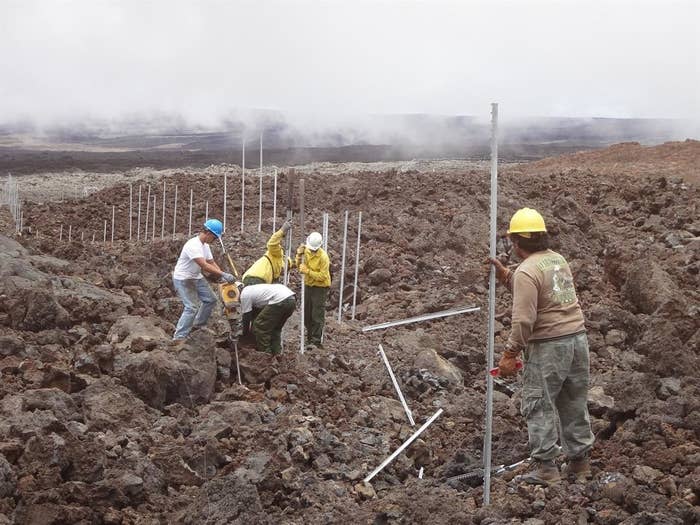
A five-mile fence has been erected on Hawaii's Big Island to protect endemic birds from their main threat: feral cats.
The barrier fence built on Mauna Loa in Hawaii Volcanoes National Park is meant to protect the main nesting area of the federally endangered native seabird 'ua'u, or Hawaiian petrel, from feral cats.
“To our knowledge, this is the largest fence of its kind in the US," said National Park Service biologist Kathleen Misajon, in a news release. "To build such a fence is an incredible feat, and an important victory for a native species that is extremely rare on Hawaii Island."
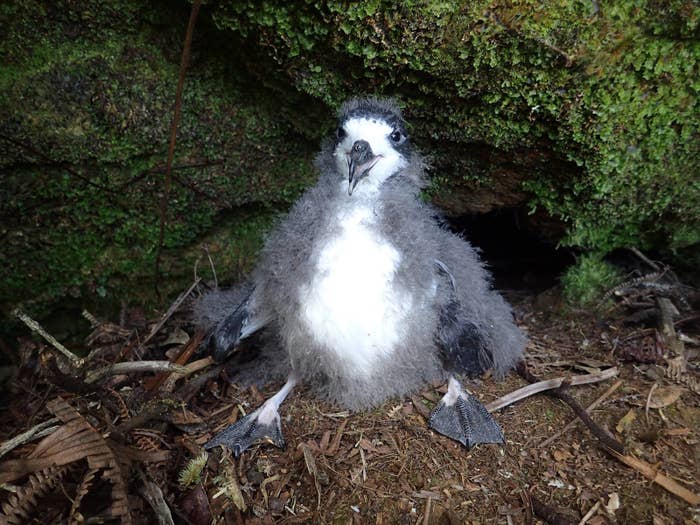
Wildlife experts say the majority of 'ua'u on the Big Island live on the rugged high-altitude cliffs of Mauna Loa and only about 75 breeding pairs remain.
The birds arrive in spring and nest in deep lava burrows, leaving only at night. The female birds lay a single egg in the beginning of the summer, and the parents take turns incubating the egg for two months. After the fluffy chick hatches, the parents feed it for another four months, before the young petrel can go off on its own.
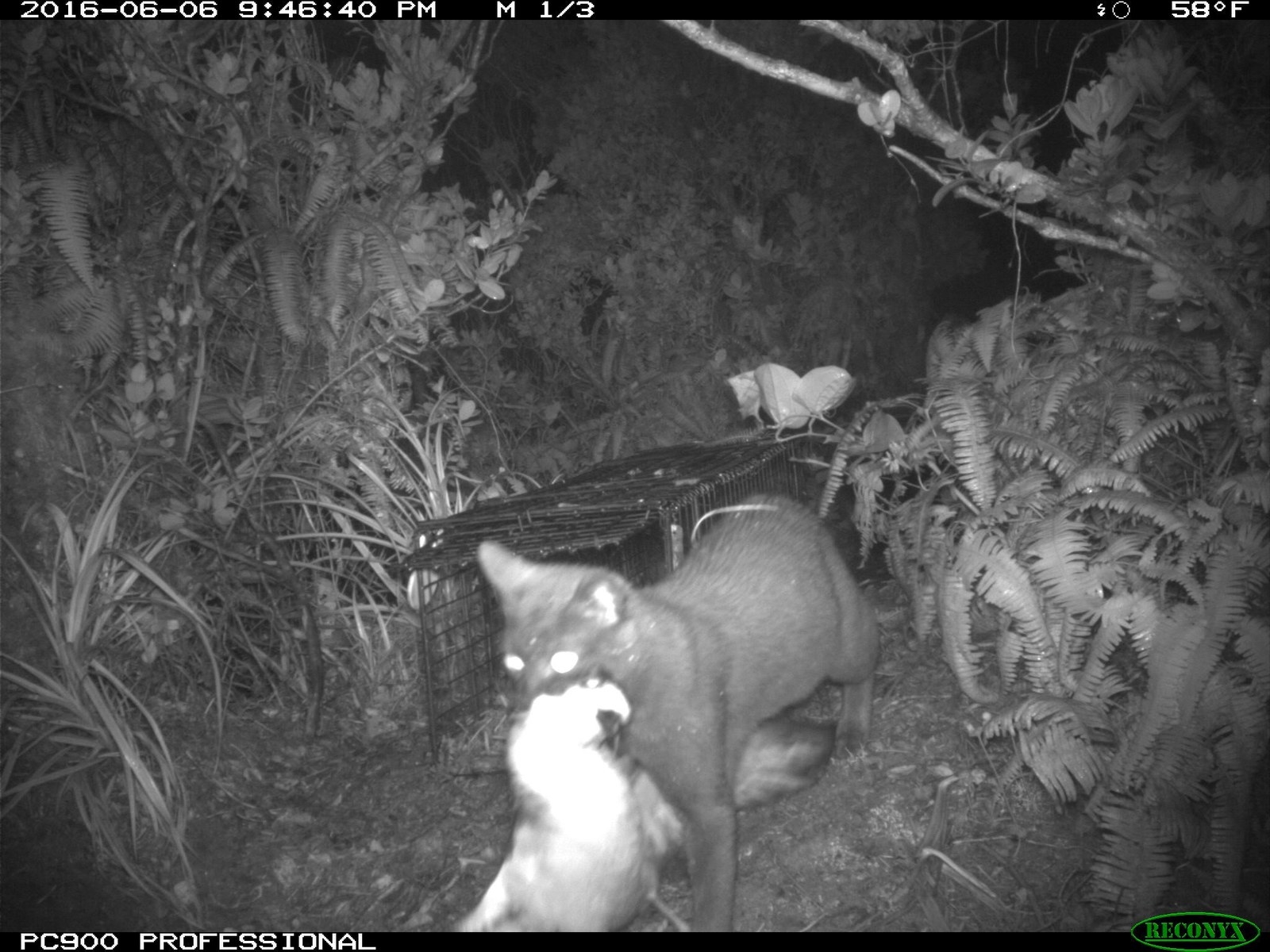
While nesting on the ground, the birds are easy prey for feral cats.
"'Ua'u numbers are so low here that the odds of encountering them are rare. The fact that we have only a handful make it important that we protect these remaining few," said Dr. Rhonda Loh, Chief of Natural Resources Management for the park.
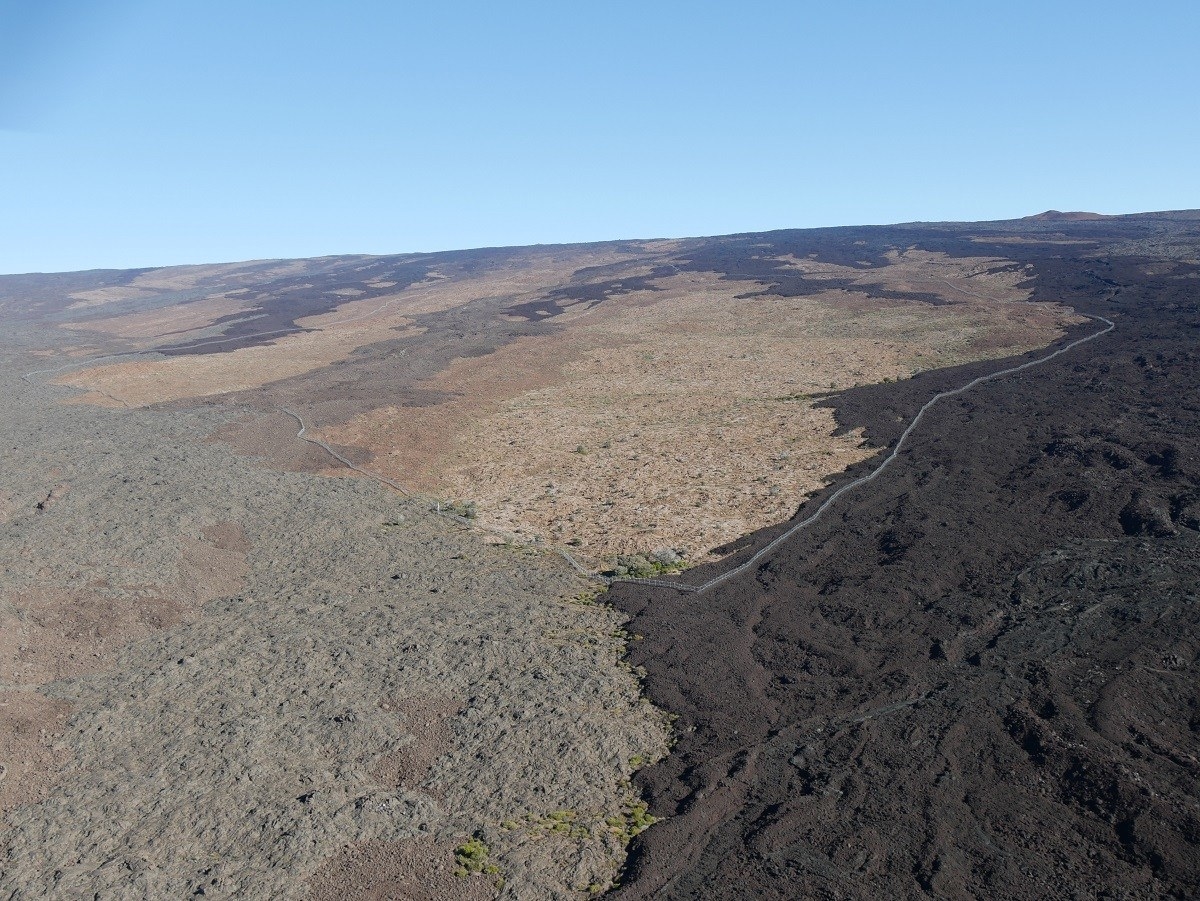
The fence now protects more than 600 acres of nesting habitat. It is more than six feet high and has a curved top that prevents cats from climbing over, the park said.
Construction began in 2013, but could only be worked on January through May to avoid interfering with the breeding season for the seabirds. Crews had to camp in lava rock at elevations of up to 10,000 feet to complete the fence, and everything had to be flown in and out of the remote area.
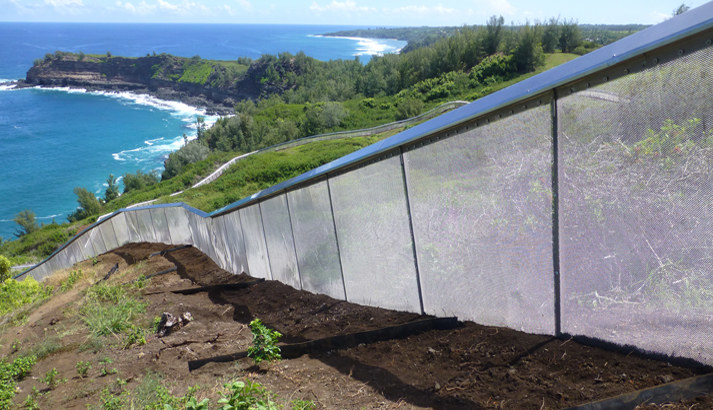
Scientists estimate that cats in the US kill between 1.4 and 3.7 billion birds and 6.9 to 20.7 billion mammals annually.
Predator-proof fences have been used in other areas with high-concentrations of endangered species, such as Australia where a 3,437-mile dingo-proof fence holds the record for longest fence on Earth.
On the nearby island of Kauai, a 2,000 foot fence was built at Kilauea Point National Wildlife Refuge to keep cats and rats out of a 7-acre safe zone for endangered seabirds.
